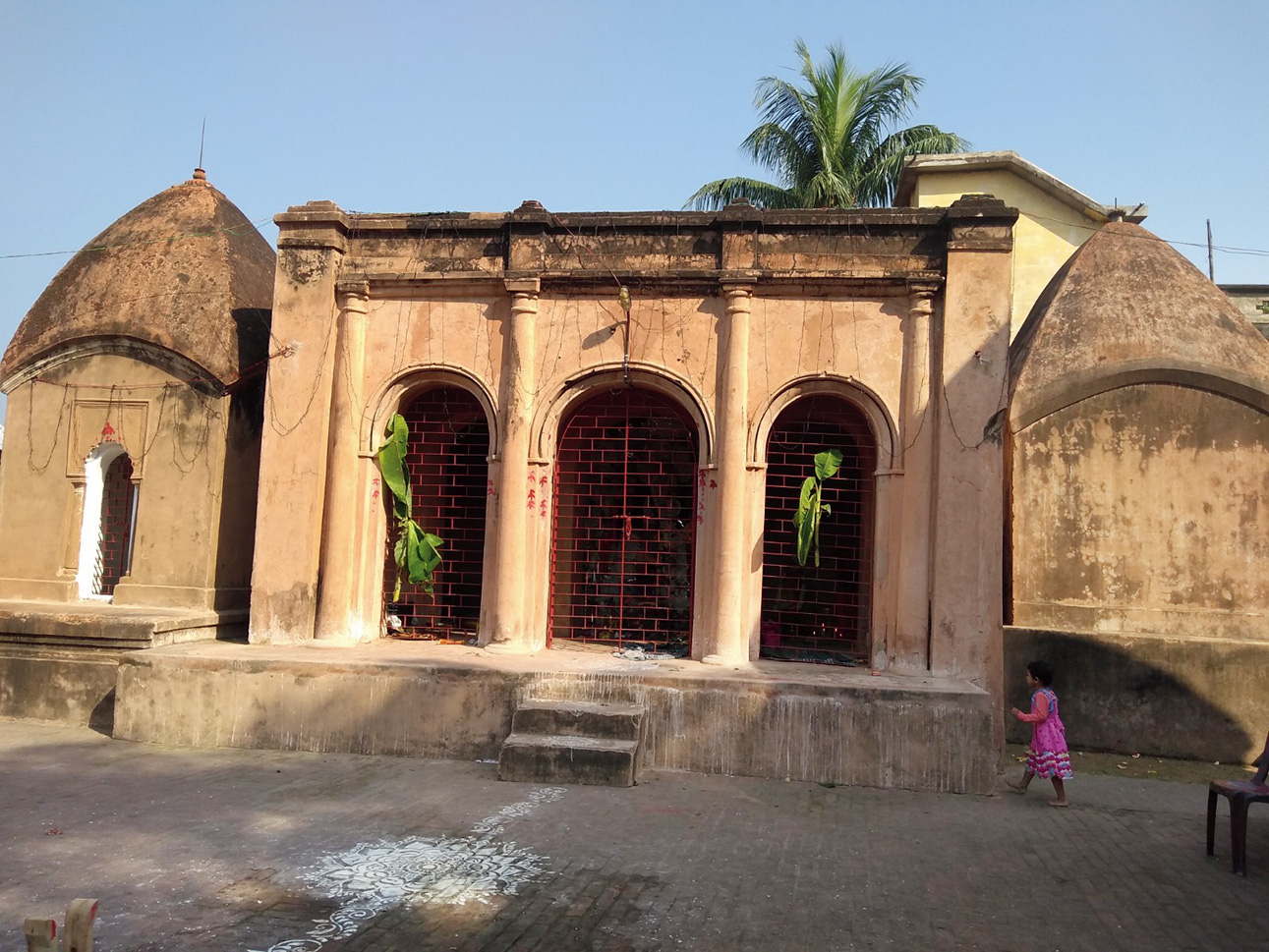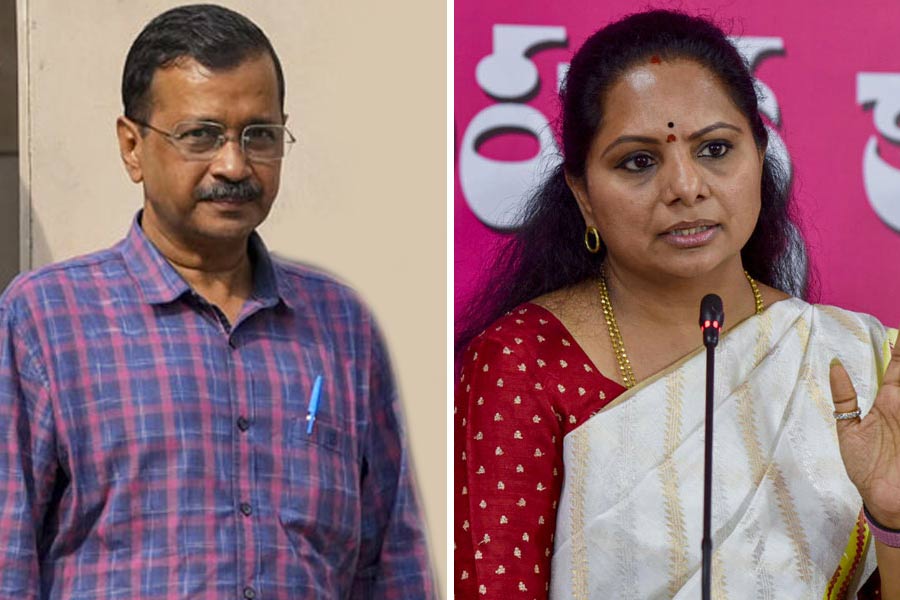For over three centuries, the Bhattacharya family of Nanoor has been adhering to the Durga Puja schedule using a water clock or clepsydra, a millennia-old time measuring method that uses water to tell time.
The family was brought here by the local zamindar for worship of goddess Bishalakshi around five centuries ago when Alauddin Hussain Shah was the sultan of Bengal and the 28th Delhi sultan Sikandar Lodi was the monarch of India.
The family has been using a clepsydra to tell time for the puja and people flock to see the method, which is one of the oldest time measuring instruments known to man. The method involves a small metal pot with a tiny hole in its bottom, which floats on a bowl filled with water. The small pot drowns in the bowl every 24 minutes and one can tell the time from it.
Reya Ghoshal, a junior research fellow with the Anthropological Survey of India, said she had been attending the puja since her childhood and had never missed it. “The water clock is the special attraction,” said Ghoshal, a resident of Behala in Calcutta.
There have been claims that the method was known in China since around the four millennium BC and in India since the Indus Valley civilisation, around the second millennium BC. Clepsydras have been known to be in use in ancient Babylon and Egypt since the 16th century BC.
“Our forefathers were brought to Nanoor from Burdwan for worship of goddess Bishalakshi by a local zamindar. The Durga Puja of our family started at least 300 years ago. Since then, we have been using a water clock to maintain time of the puja. People come to see the oldest time measuring method from many villages,” said Tapan Bhattacharya, a member of the family.
Saswato Bhattacharya, a high school teacher in Bolpur and a member of the family, is now in charge of observing the instrument and tell time.
“I need to sit in front of the bowl and calculate every time the small pot drowns in the bowl. I enjoy this way of measuring time in the days of telling time from the screen of a smartphone,” he said.
Members of the family from all over the country and the world still come to Nanoor to take part in the family puja.
Krishna Bhattacharya, a member of the family, said: “Over 300 family members from all over come together every Puja.”
“We have all meals together for these four days. It is a matter of pride,” he added.
Raghu Nath Bhattacharya, an US-based scientist and member of the family, said: “This year, my eldest son and his wife – both are physicians – have come with us to attend the puja…. I try not to miss this occasion.”

The Durga temple of the Bhattacharya family at Nanoor. Sekh Abubakkar Siddik










